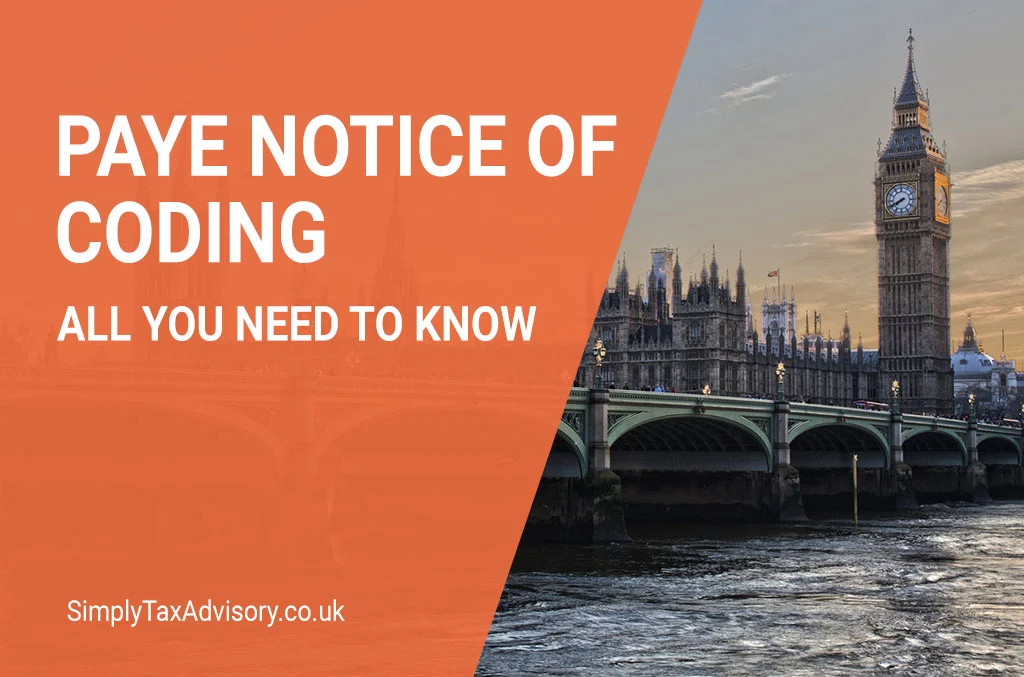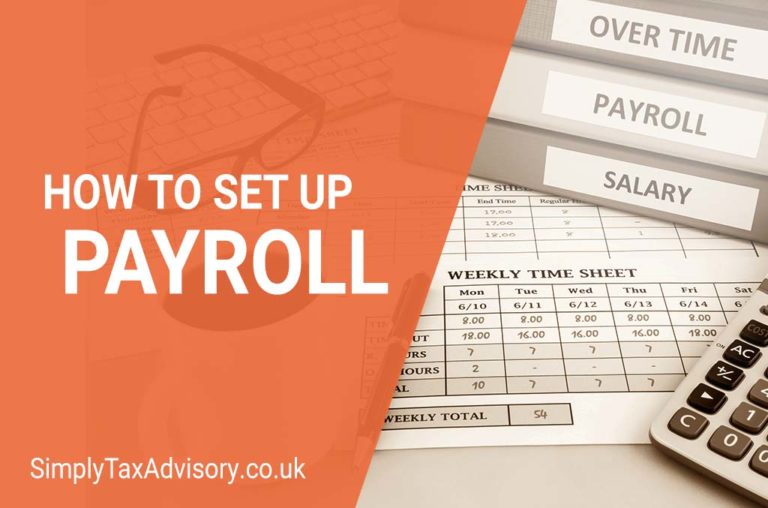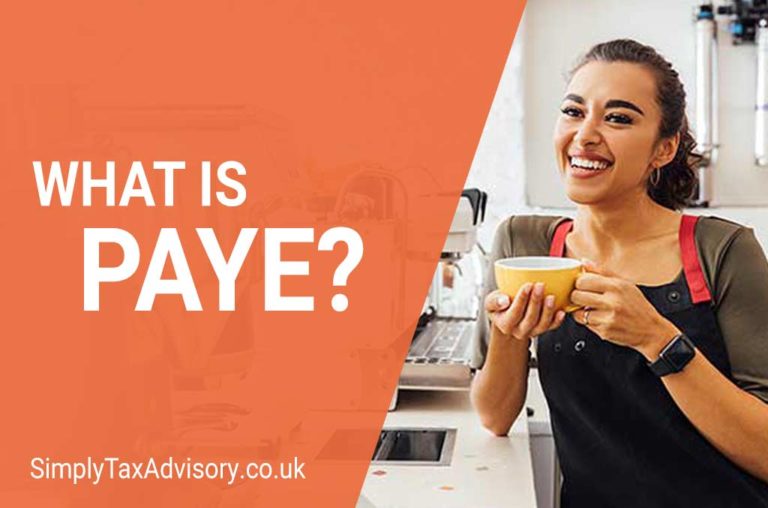PAYE Notice of Coding: Discover What it Means for Your Taxes
You’ve done it! You got the job you always wanted and now you get to try out your new commute, buy some new work clothes, and get to know your colleagues.
You also get an official notice in the post and something called a PAYE tax code or PAYE notice of coding.
Pay as You Earn, (PAYE), helps you pay monthly and annual taxes to HMRC and keeps track of your employment record. But, your code is a bit more complex and unfortunately, can sometimes contain a mistake.
So, how can you know what your code is, whether or not it has a problem, and what are you supposed to do with it?
Scroll down to find answers to the most commonly asked questions about PAYE coding, how it works and why.
Does your business include selling items online? With Brexit in place, your international customers may have to pay higher VAT taxes on your items. Learn more here.
What is PAYE notice of coding?
In early April, you should receive a letter from HMRC with something called your Notice of Coding. Also called a P2, it’s an official letter breaking down your tax code and why you have the code you do.
Your code takes into account any expenses you have to cover for your job. If you’re required to drive, your petrol and car maintenance are taken into account.
Other things reflected in your tax code are any professional fees you charge, (or pay), as part of your job, the flat-rate expenses that come into your daily business, and company benefits.
Anything your company offers you in hopes of getting you to stay on long-term counts as a benefit in the UK. A dental plan, a plan for your pension, support for you while you go on leave or a company car can all contribute to a new tax code for you at your new position.
The code can also factor in if you’ve underpaid in taxes in the past. A bad code could result in you overpaying your taxes, so be vigilant about making sure you have the right one.
If you feel you’ve been penalized unfairly or that your tax-paying record may not be correct, you need to contact the HMRC and ask for an explanation or request an amendment.

How do I get a copy of my PAYE coding notice?
Most people work with the basic tax code, the 1257L, because they earn somewhere between £12,570 and £99,999. Once a person gets over the £100,000-mile mark, their code changes.
If you fall into the former group, you won’t need a copy of your PAYE code.
However, if you make the higher amount, you need a distinct code and you should receive it in the post. Another option is to go online and visit the HMRC website to look it up and confirm that it’s correct.
HMRC uses your status from the previous year as consideration for this tax year’s code. Should you have a new, higher-paying job or if you now receive significantly more benefits than last year, make sure your new code reflects your current situation.
Do I need to keep the coding notice?
You should definitely keep any official tax-related documents in your files at home. Your employer will get the same P2 form as you and needs to keep a copy at work as well.
Any pensioners receiving a pension should also be careful to file pension documents in a safe place. Each pension provider also gets a copy of the codes that go out, so a lost document should be easy to replace.
As with any tax document, it’s good to keep this one for at least the tax year. You can carry it over to the next financial year as your previous code is a major deciding factor in your new one.
Accountants like to keep documents on hand for at least two years, so it’s always a good idea to file away your government letters.
Will my code affect my living allowance?
As of the publishing of this piece, no changes or major alterations to the UK living allowance are scheduled. Any earnings up to £12,570 are tax-free in hopes of helping people cover their expenses and have enough for their families.
People who are married or differently abled and earn significantly less than their partners are eligible to do a transfer of just over £1,000 to their spouse or civil partner without penalty to either person.
Of course, if you’re concerned something about your status or employment could put your living allowance into question, it’s best to consult with a tax professional.
How do I find my code online?
You can find your code online at the site gov.uk. You need to log in with your Personal Tax Account, then click on the PAYE option on the page.
Once in the PAYE section, you can see the PAYE Income Tax Overview. Here, you can get a quick explanation of any changes in your code, (it’s hiding under the link Find out what has changed), and you can check your current tax year.
Under Current Tax Year, you’ll see your complete file with the government. It should display your current job(s), your non-taxed personal allowance, and a tax code for each of your jobs.
In the bottom right-hand corner of this final page, you should have your estimated income tax amount and a link explaining how it was calculated. If you click on that link below the total tax amount, the site gives you a calculator to help you understand how HMRC got to that number.

Tax Code checker
Before you start paying taxes, check to make sure you’re coded correctly. Your numbers should represent what you earn each year and have at least one letter at the beginning or end.
Here’s a cheat sheet of the different letters included in UK tax codes:
C – A letter C at the start of your code indicates that you are a Welsh taxpayer. This became part of the code starting in 2019.
L – The standard tax code for people earning £12,570 or less each year. An L at the end of your code means you are entitled to the basic personal allowance.
M – An M at the end of your code means your spouse or civil partner transferred 10 percent of his/her personal allowance to you.
N – You gave your spouse or civil partner 10 percent of your personal allowance as part of the Marriage Allowance, putting an N at the end of your code.
S – Scottish taxpayers have an S at the start of their codes to allow part of their taxes to benefit the Scottish government.
T – A code ending in T means you have items in your code that HMRC needs to review.
Y – You were born before 1938 and qualify for a higher personal allowance.
OT – You started a new job or you used up all of your personal allowances.
BR – This stands for Basic Rate, but the letters indicate to HMRC that you receive no personal allowance. If you see this code or the next and neither is for a second job, contact their office.
D1 – This combination shows you receive a higher income and disqualifies you for a personal allowance.
NT – This exempts your income from any taxes.
K – You receive tax-free income from another source that is worth more than the standard personal allowance.
Conclusion
PAYE Notice of Coding is a tax code that the government assigns to your pay. The PAYE Notice Of Coding will tell you what tax bracket you fall into for taxation purposes and how much National Insurance contributions (NICS) you will be paying in order to work in the UK.
Your tax code can look straightforward, but keep in mind that job changes, clerical errors, or a lack of paperwork from a former employer can create a much higher tax debt for you with HMRC. It’s important to know your codes so you don’t get stuck paying more than you owe.
If you want to better understand your taxes and how to save money for your business, contact us for a consultation with a professional accountant. We want to see you succeed in everything you do without getting bogged down in paperwork.
Ready to save yourself and your business some serious cash? Contact us today!

About the Author
Claudio Alegria is the Chief Operating Officer at Simply Tax Advisory, providing tailored tax returns, payroll, bookkeeping and VAT services to small businesses, individuals and startups.


